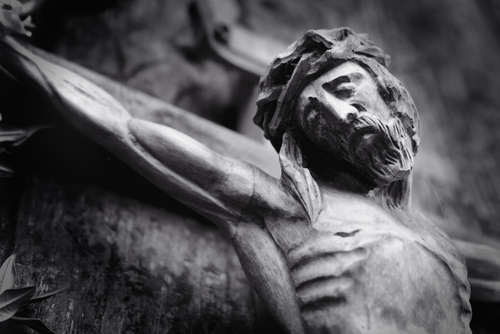Although I’ve had Robert K. Massie’s Pulitzer Prize-winning biography “Peter the Great: His Life and World” on my bookshelf for a couple of decades, I’d never gotten around to actually reading it until this year. At 890 pages, the length may seem daunting to some readers, but Massie’s compelling narrative style and superb research make the book well worth the effort.
As a history major at the University of Central Florida years ago, I took every available class on Russian and Soviet History (all taught by the inimitable Dr. John Evans, RIP). I found the history of the region and people fascinating; their story is complicated, sometimes beautiful, often brutal, and always intriguing. Certainly anyone attempting to understand and analyze modern Russia and the surrounding region will be utterly lost without the essential background knowledge of this people and their unique culture.
Massie published “Peter the Great” in 1980 (and won the Pulitzer Prize in biography the following year,) so there are a vast number of fine book reviews available to potential readers. In short, Massie wove together knowledge of Russia’s people, religion, art, architecture, literature, military strategy, and politics to create a compelling narrative of Peter Alexeyevich and his undeniable impact on Russia and the world.
Even with its pre-glasnost viewpoint “Peter the Great” provides ample fodder for discussion, and one insight on politics and religion is particularly relevant to modern Christians. In describing Peter’s reforms of the Russian church, which included positive aspects such as clerical education, Massie suggests that subjugating the church to the state contributed to the downfall of the government and the hostile atheism embraced by the Bolsheviks and subsequent Soviet government.
Massie writes:
“In time, however, the assumption of state control over the church had an injurious effect on Russia. Individual parishioners could seek salvation and find solace from life’s burdens in the glory of the Orthodox service and its choral liturgy, and in the warm communality of human suffering found in a church community. But a tame church which occupied itself with private spiritual matters and failed to stand up against successive governments on behalf of Christian values in questions of social justice soon lost the allegiance of the most dynamic elements of Russian society…The church, which might have led, simply followed, and ultimately the entire religious bureaucracy established by Peter followed the imperial government over the cliff; the Holy Synod was abolished in 1918 along with all the other governing institutions of the imperial regime. Lenin reestablished the Patriarchate, but it was a puppet Patriarchate, more controlled by the state than the Holy Synod ever was…It was the continuing passivity and servitude of the Russian church which Alexander Solzhenitsyn was regretting when he declared that the history of Russia would have been “incomparably more humane and harmonious in the last few centuries if the church had not surrendered its independence and had continued to make its voice heard among the people…”
Throughout the world, Christians continue to wrestle with their role in society and government. In China the Vatican has agreed to let the government appoint bishops, and in the European Union churches are recognized and affirmed in some ways, but also subject to restrictions, such as those on employment and parental choices in education. Christians in the United States are also increasingly finding conflict with government and hearing calls from within the faith to “stand down” on controversial issues. The dilemma for some is a well-intentioned desire to focus on salvation of souls rather than engagement with prickly political issues. And of course, there are plenty of examples of Christians who do not engage well or winsomely. But in light of the Russian example, just how efficacious and attractive is a church that has in all matters subjected itself to the state?
The same day I read the above passage from Massie, World Magazine’s daily news podcast included a segment marking the 35th anniversary of the death of Francis Schaeffer. They played audio from a speech Schaeffer delivered in 1982, in which he warned against a complacent and silent church, and argued that even in the early church, believers practiced a dangerous civil disobedience that led to death in an arena with wild beasts. Schaeffer argues that Christians have always “acted in the realization that if there is no place for disobeying the government, that government has been put in the place of the living God. In such a case, the government has been made a false god.” “Christ must be the final Lord and not society and not Caesar.”
Lessons from history, whether from the Early Church or Russia or anywhere else, can enlighten our choices for engagement. And we should be careful of the ways we define “success.” A form of worldly success and world “peace,” may be attainable in the short-term, but what we do today may very well matter in 200 years, and will certainly matter in eternity.
Massie, Robert K. Peter the Great : His Life and World. 9th ed., New York, Ballantine Books, 1980, p. 815.
Photo: By Unidentified painter – [1], Public Domain, https://commons.wikimedia.org/w/index.php?curid=5705235
No Copyright: This work has been identified as being free of known restrictions under copyright law, including all related and neighboring rights.





